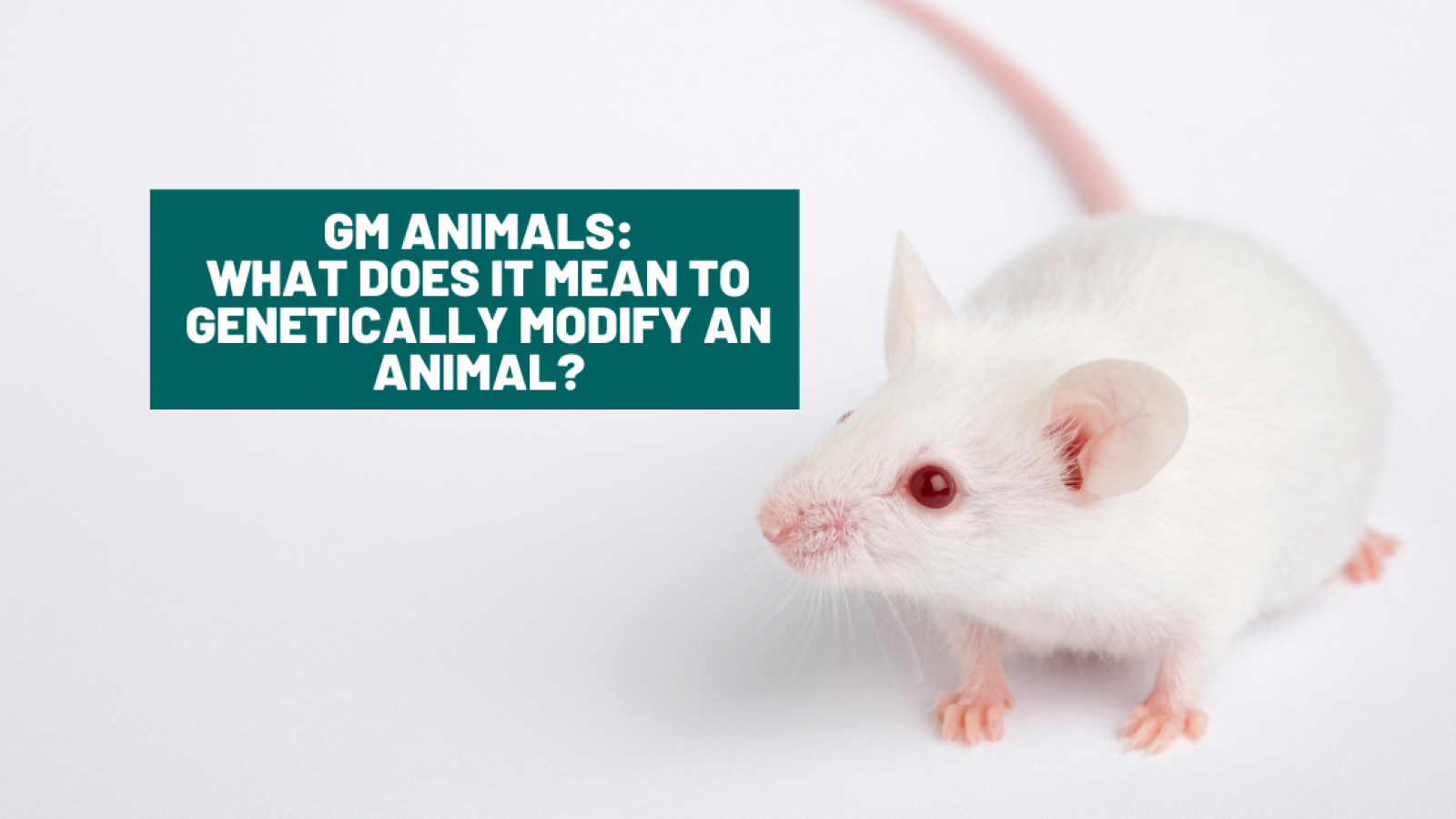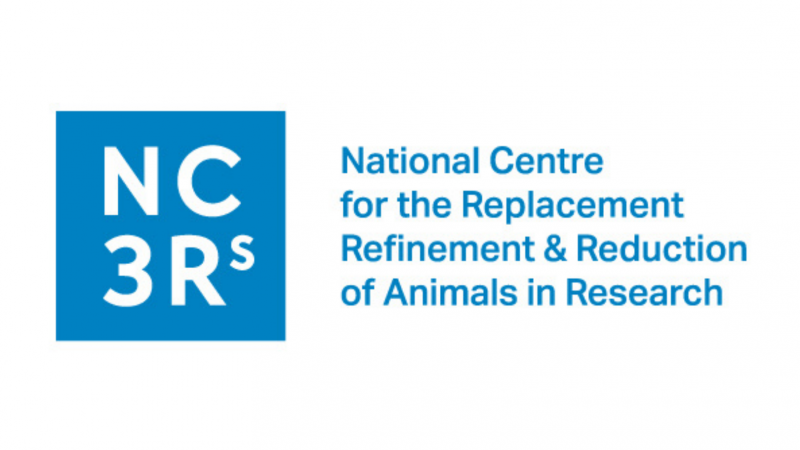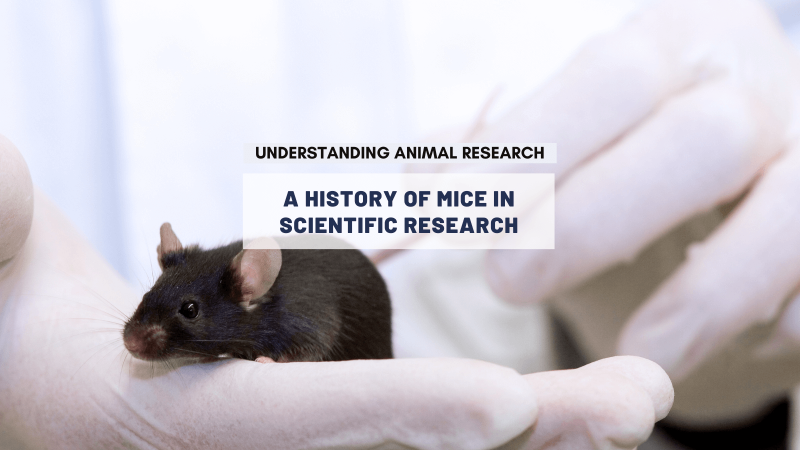Animals have been selectively bred for genetic changes for centuries, through selective breeding to make cattle fatter, sheep woollier, dogs more docile and so on. But when we talk about genetic modification today, we are talking about something faster, potentially more precise and much more technical: using scientific processes to add, remove or alter a specific gene in an animal’s DNA.
These techniques are helping researchers to uncover the role of genes in causing human disease, changing our understanding of many disorders at a fundamental level. They are particularly useful for understanding the molecular mechanisms of diseases and for the development of novel treatments.
The animal that has dominated in the science of genetic alteration is the mouse, and Dr Sara Wells, Director of the Mary Lyon Centre at MRC Harwell, Oxford, the UK’s leading centre for mouse genetics, has dedicated her career to refining the science of genetic alteration and developing better mouse models of disease. She explains:
“Most diseases have a genetic component to them. Unless we go to the source of the problem, we are not going to be able to solve it. The only way of understanding things usually is to take them apart or change them. And that’s effectively what we’re doing. The more we know about genetics, the more we can target drugs to specific genotypes of people.”
In the early days, genetic changes made to the animals were induced by chemicals or radiation and were, therefore, relatively haphazard. But recent advances have revolutionised the science.
The revolution began in 1974 when Rudolph Jaenisch and Beatrice Mintz infected mouse embryos with a virus and showed that the virus’s DNA could insert itself into the mouse’s DNA. A few years later, Jon Gordon and Frank Ruddle found a way to inject foreign genes into the nucleus of mouse eggs and integrate them at random into a mouse's DNA without the help of a virus. Once transferred to foster female mice, these altered eggs could pass on selected characteristics, carried by the inserted DNA, to about 10-20% of the offspring.
This was pioneering. A decade later, thousands of different transgenic mouse lines had flourished across the world, to support hundreds of research projects. With the years, and technological improvements, the role of genetically altered animals has grown exponentially and today about 50% of all animals used in medical research are used for breeding genetically altered offspring.
Today, scientists use a number of different techniques to produce genetic changes in animals, that are ever more powerful. The CRISPR-Cas9 system, which has generated a lot of excitement in the scientific community, has been a huge leap forward and allowed extremely precise and targeted alteration of genes, knocking them out of an animal’s DNA sequence, replacing or adding them, as required. Sometimes described as ‘genetic scissors’, CRISPR-Cas9, won Emmanuelle Charpentier and Jennifer A. Doudna the 2020 Nobel Prize for chemistry. CRISPR is faster, cheaper, more accurate, and more efficient than other existing genome editing methods, but it is still not the whole story.
All genetic technologies are not equal, explains Dr Wells:
“They work with variable efficiency. The effectiveness of the Genetic alteration will mostly depend on the technology being used and gene(s) involved. The genetic scissors Crispr/Cas9 work amazing well, but it is currently only really good for inserting relatively small pieces of DNA if you want to target the embryo directly. There is a size limitation for Crispr/Cas9. If you want to insert big pieces of DNA or do a complicated modification that requires a lot of engineering, it might be better to do the genetic manipulations in embryonic stem cells before progressing to the animal. Working on embryonic stem cells (which also often involves using CRISPR-Cas9) allows you to genotype and analyse the result properly. And you can do all that before the cells are transplanted in animals.”
She adds: “Still today, transgenesis, the modification of embryos, is the most common way that genetically altered mice are produced. So, a lot of animals in research labs are bred to simply to produce these embryos.”
A large part of what Dr Wells describes, the alteration of mouse embryos, can involve the sometimes-controversial science of inserting human genes into mice to model disease. Concern, even fear, about such advanced frontiers of biology are understandable and the genetic modification of animals is highly regulated, controlled and monitored in consequence. Any type of genetic alteration must be approved by ethical watchdogs and conducted under the terms of the Animals (Scientific Procedures) Act 1986 which regulates any potentially harmful experimental or other scientific procedure applied to a ‘protected animal’, which means any living animal with a backbone vertebrate or any of the cephalopods octopuses and squid, for example).
Despite all the protections, genetic alteration can sometimes cause harm. “It’s not without cost to the animals, we need to be transparent about that,” says Dr Wells. But that should be balanced against the likelihood that the creation of more complex models via genetic engineering will ultimately lead to better research and fewer animals being used:
“We’ll move from single-gene modifications to much more sophisticated multiple-gene modifications. And it won’t just be mice, I think we’ll start seeing the modification of other organisms as well. We’ll be able to match the organism that best models different diseases.”
“Genetic modification is here to stay, without a doubt, and will be a major part of research going forward. But I think the days where we had huge numbers of animals to screen for a few genetic modifications have gone. The techniques are much better now. Today we have fewer animals making much more complex, much more disease-relevant models.”
Last edited: 4 April 2022 08:13




